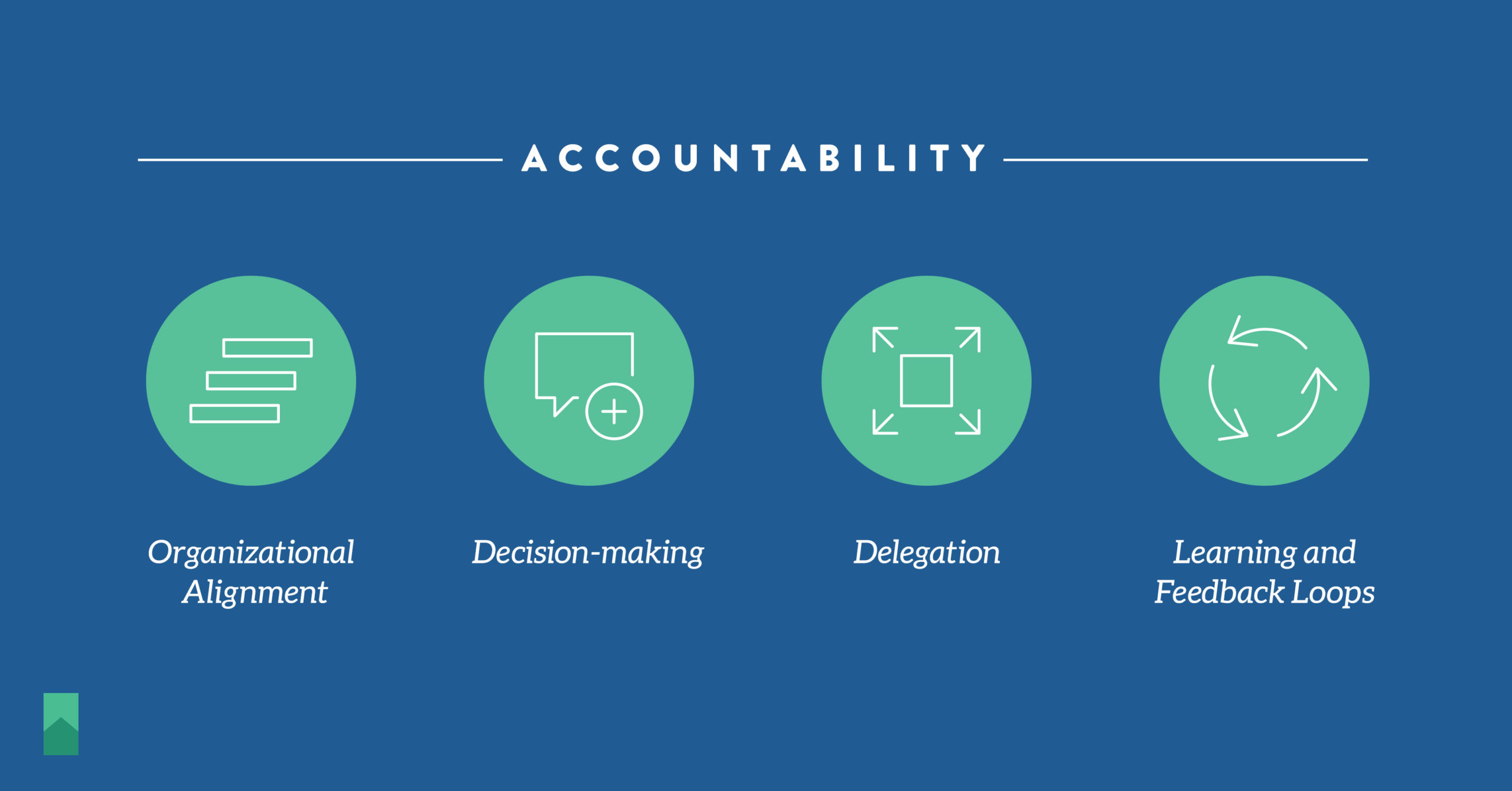Achieve Decision-Making Excellence within an Agile Operating Model
Our clients who are newly transitioning into the cyber-physical and/or software-focused space, often struggle to set up an ecosystem that will allow them to not only make efficient decisions, but also effective ones. Organizing for success is a critical part of LeadingAgile’s Define the End State activity, wherein we help our clients determine the right operational model (product-centric or capability centric) and which sets of teams, called Expeditions, need to be sequenced based on business impact in their respective progress toward what we call Basecamps 1 through 5. During the pilot Expedition, the progress made by the sets of teams towards their desired Basecamp (across the delivery, product/program, and portfolio tiers), often exposes the challenges in the Investment Tier.
The Investment Tier within the LeadingAgile model acts as the translation engine between strategy and execution, and this governance model allows executives to achieve “decision-making excellence.” What do we mean by this?
Strategy focuses on market positioning – determining which capabilities the organization wants to develop to successfully compete and what offerings need to be developed to take up the capability gap. Aligned to those set of clearly sequenced longer-term (horizon varies depending on the organization and associated industry) strategic priorities, are short-term priorities that require investment decisions. This translation of strategy into execution falls under the purview of what LeadingAgile refers to as the Investment Tier.
The Investment Tier includes a cross-functional group of organizational leaders who are responsible for decision-making across the economic trade-offs of pursuing certain capabilities and their associated service offerings. Part of the challenge that organizations face, is not being clear about the types of decisions they are making, and how an effective Agile Transformation model can help them in this regard.
Decisions that are high-risk, and which either shape the future of the organization or require orchestration across multiple, interconnected groups, can be made effectively and efficiently through the support of a robust governance model, which is rooted in the creation of organizational alignment first (long-term strategic priorities), followed by decision-making. Decisions made at the Investment Tier include areas such as new product launches or operations and sales planning, requiring input from a wide range of functional groups and the orchestration required to bring these groups together to provide input at the right time.
The stability of long-term priorities and clarity of decisions made in the Investment Tier allows organizations to manage the execution priorities (delivery, product/program and portfolio tiers) as a “backlog” of decisions that are delegated to the individuals or working teams.
The key to this model is having clear accountability at different levels of decision making and making a majority of the decisions at the individual or working teams, with a clear escalation path to Investment Tier and Strategic decisions. When bad decisions are made, rather than re-examining the decision-making structure, reinforce the structure and accountability. This is also where learning and feedback loops can be leveraged to course-correct as needed and in order to decrease the perpetuation of new initiatives that detract from the focus required to execute. This decision-making model is only effective when all levels across the organization reflect the company’s strategy and priorities.


